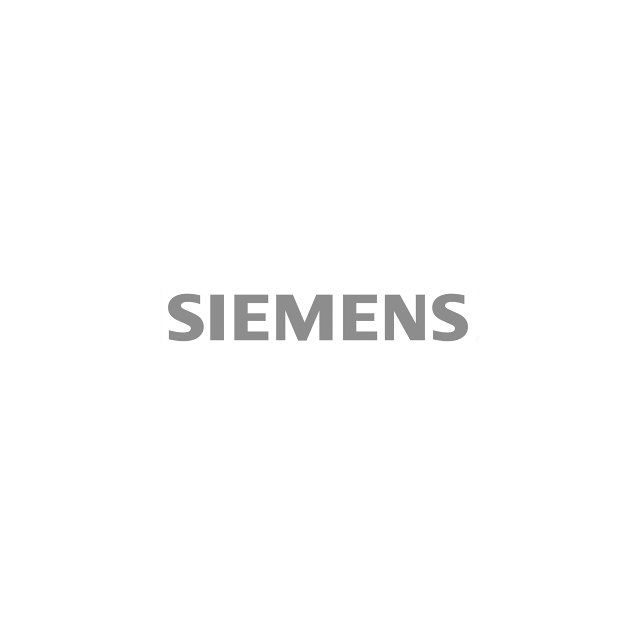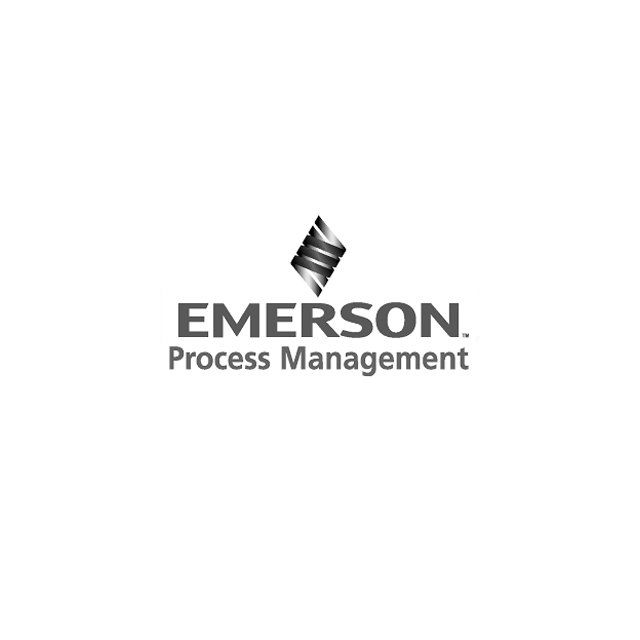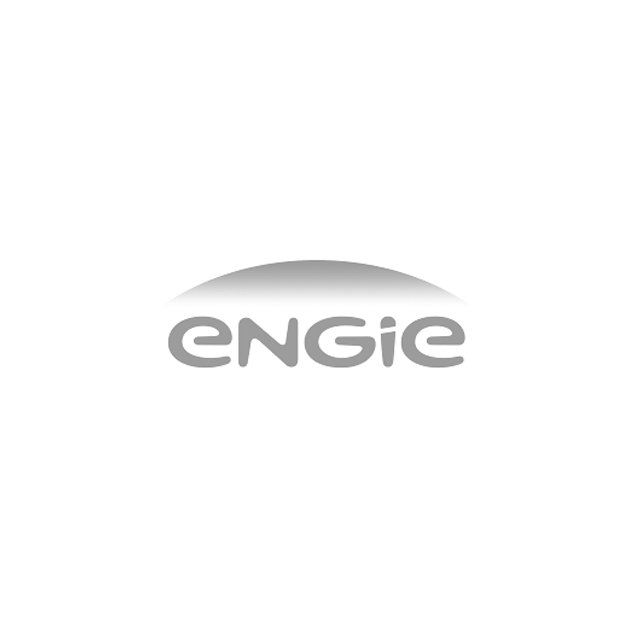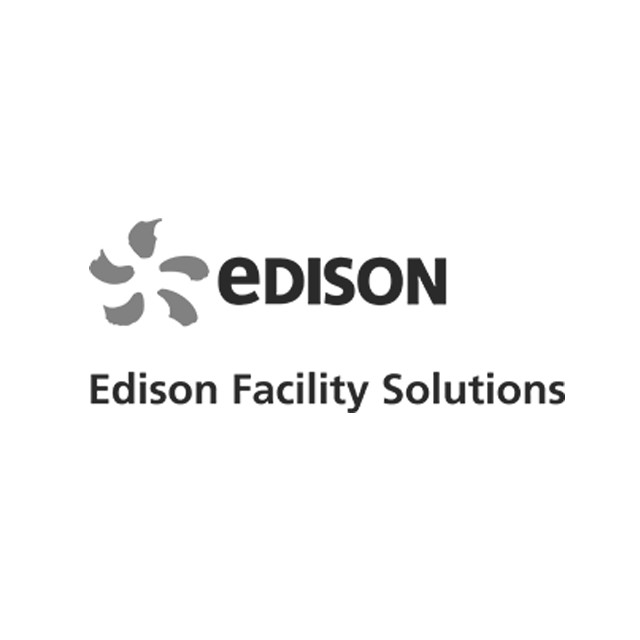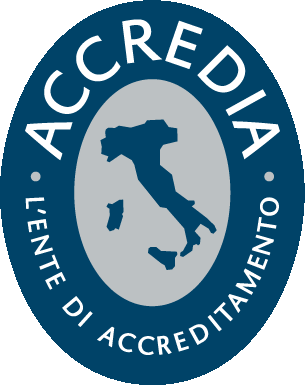ELECTRICAL ENGINEERING
Consulting - Design - Energy Saving - Renewable Energies
ELECTRICAL ENGINEERING
The Consulting Service, carried out with the aid of the most modern instruments for measurement and empirical investigation, covers the following fields of action:
- Energy consumption survey.
- Supply quality analysis.
- System diagnosis and fault identification.
- Thermographic study of buildings and systems.
- Surveys aimed at the production of Energy Certifications of Buildings.
- Analysis of PLC and automation devices.
- Frequency Converters (ABB, Omron, Schneider Electric, Vacon, Rockwell, etc…).
- Wide “Lean production” Philosophy Knowledge (6s, kaizen , TQM, etc…).
ELECTRICAL DESIGN
The Design Service boasts many years of experience in the following sectors:
- Electrical design of low and medium voltage passive systems.
- Electrical design of active plants powered by traditional and renewable energy sources.
- Lighting design for interiors and exteriors.
- Mechanical design of heating and cooling systems.
- Design of automation systems.
- Design of monitoring and remote control systems.
- Construction supervision.
The coexistence within the corporate structure of transversal professionals ranging from the world of electronics to that of energy, passing through electricity and information technology, makes Systemia a national and international protagonist in the field of specialized and sector design.
ENERGY SAVING AND RENEWABLE ENERGY DIVISION
ENERGY SAVING
The levels of efficiency required by an effective Energy Management Plan involve new dynamics like never before, involving platforms and energy suppliers. Our solutions allow considerable cost savings and reduce "useless waste", guaranteeing absolute compatibility between energy management and the automation of plants and processes, IT infrastructures, building management and security for buildings and activities such as:
- Management centers with a large number of offices.
- Supermarkets of all sizes.
- Hotels, Agritourisms and Entertainment Centers.
- Hospitals, Nursing Homes, Nursing Homes and Private Clinics.
- Factories and industrial warehouses.
- Large distribution.

Example of electrical load diagram (24 hours)
- Before surgery (red) -

Example of electrical load diagram (24 hours)
- After surgery (green) -
The achievement of results such as 40% energy savings in industrial and commercial buildings (i.e. Pay Back Time of less than 2 years) and the simultaneous production of Energy Efficiency Certificates (TEE) are in this area the goal achieved thanks to the profuse dedication in continuous search for solutions and technologies in favor of Energy Efficiency.
RENEWABLE ENERGIES
Furthermore, Systemia also deals with the engineering of all those forms of energy produced by sources which, due to their intrinsic characteristic, regenerate at least at the same speed with which they are consumed or are not "exhaustible" on the "human" time scale and, for extension, the use of which does not affect natural resources for future generations:
- Photovoltaic systems
- Wind farms
- Geothermal plants
- Bio-sustainable construction
The service relating to this type of "TURNKEY" systems and installations includes:
- Inspection and surveys on the installation site.
- Analysis of the customer's energy needs.
- Verification of the availability of spaces and the adequacy of the installation sites.
- Plant or building design.
- Processing authorization procedures for the start and end of work and relations with the institutions.
- Construction of the plant or building.
- Handling procedures for access to incentive rates.
OPERATION & MAINTENANCE DIVISION (O&M)
The Division in question deals specifically with:
- Maintenance of photovoltaic systems.
- Maintenance of electrical systems.
- Maintenance of automation systems.
PHOTOVOLTAIC O&M
Our Service for the global management and maintenance of large solar parks is capable of guaranteeing maximum energy efficiency and giving even more value to your investment. The intervention includes the monitoring of the efficiency of the system, the coordination and execution of preventive and corrective maintenance activities when necessary, the analysis and processing of yield data. The main attention is paid to the inverters and all the measurement and control components, as well as the conversion from low to medium voltage.
Connection to the monitoring and data analysis system. Reception and annotation 24/7 and 365 days/year of alarms and messages generated by the monitoring system. The constant verification of the messages received by connecting to the monitoring system allows you to accurately plan both the timing of the interventions and their type.
O&M AUTOMATION AND ELECTRICAL
Our Building Automation equipment maintenance service is developed within the integrated management of buildings and systems within a complex building. A solution that intelligently integrates the systems and allows the subsystems to communicate with each other, thus controlling the efficiency of the entire complex. In a building managed in Building Automation, many subsystems can coexist, such as heating and air conditioning, electricity and lighting management, video surveillance, security, fire prevention and multimedia systems, keeping the building-system relationship in balance. Through electronic, information and telecommunications technologies, system resources can communicate and integrate, optimizing their life cycles and scheduling their maintenance in order to reduce costs and waste and increase productivity and efficiency.


